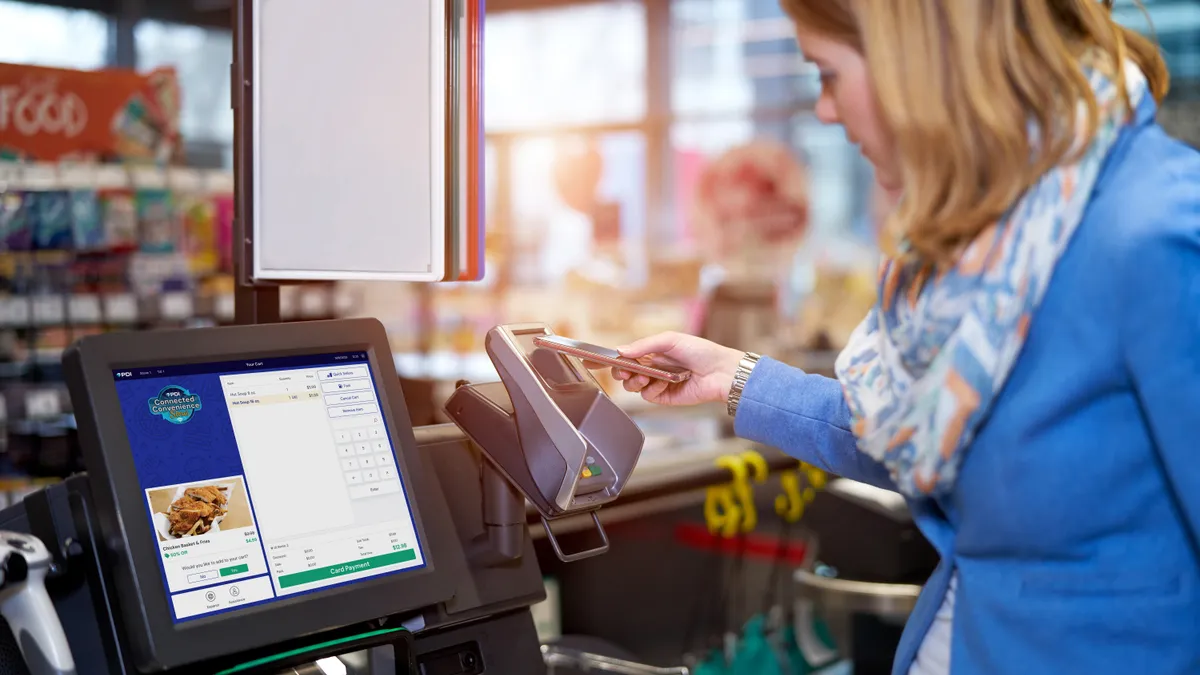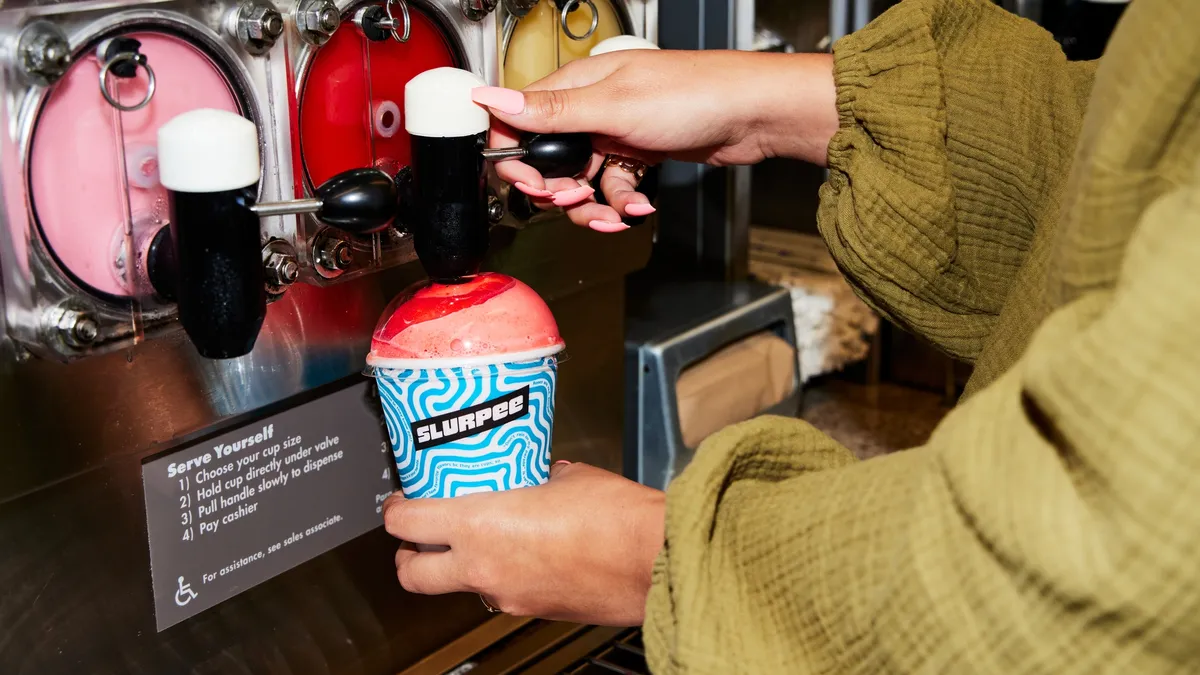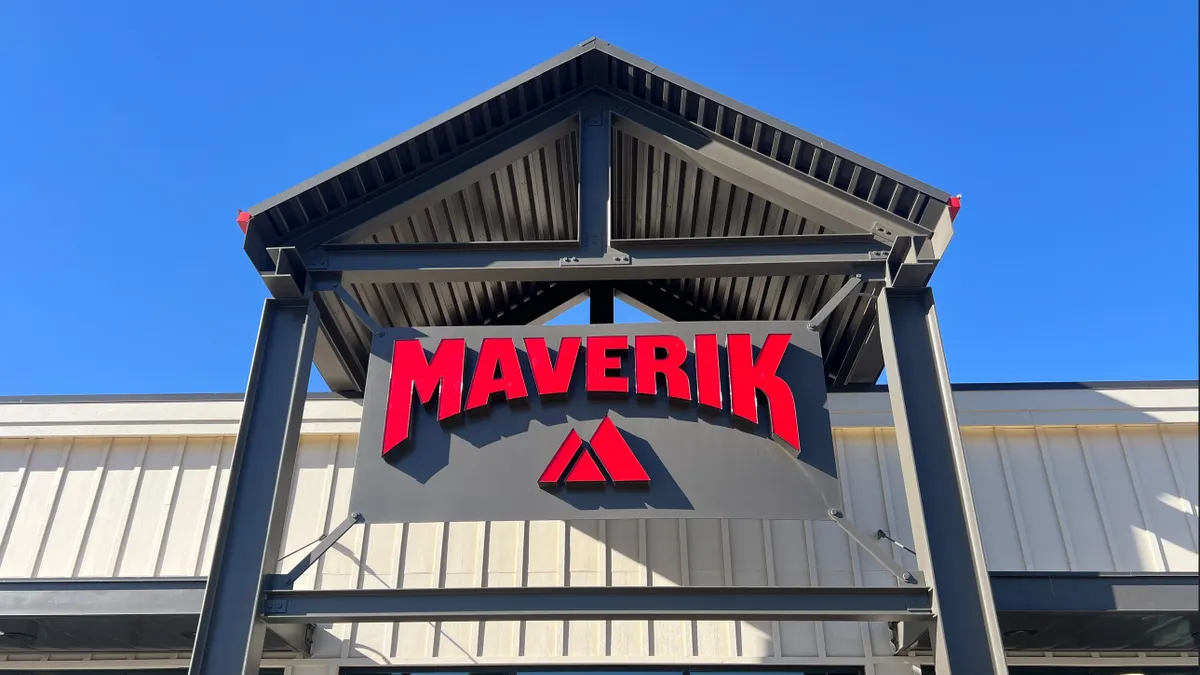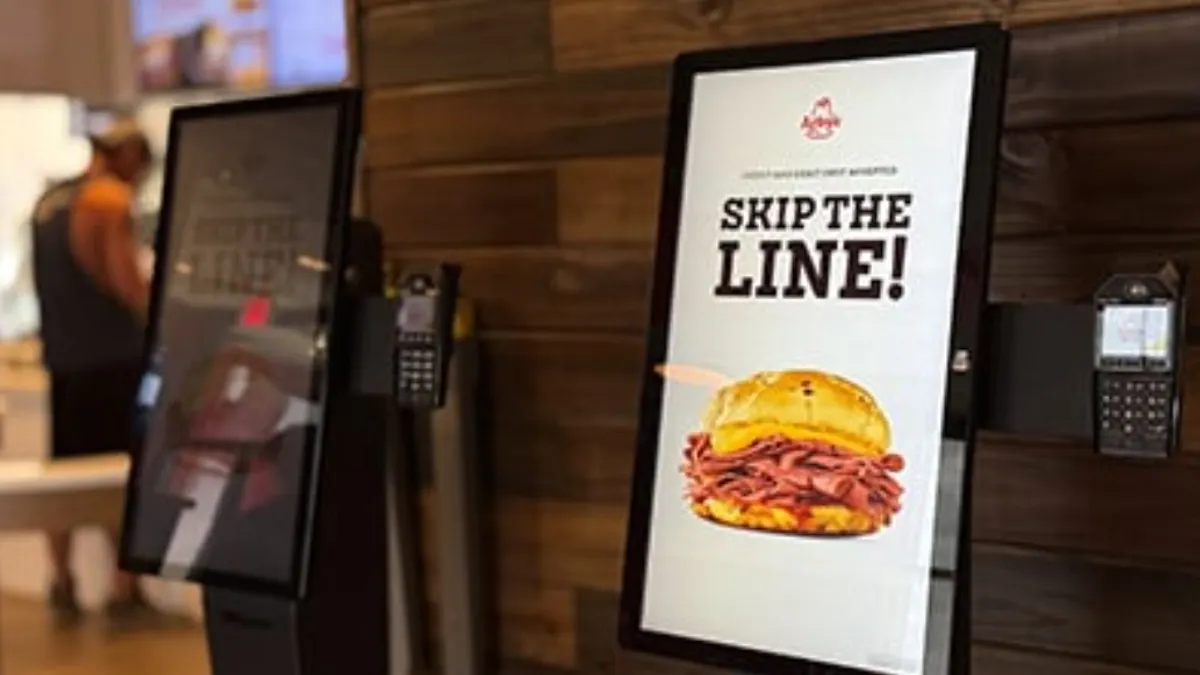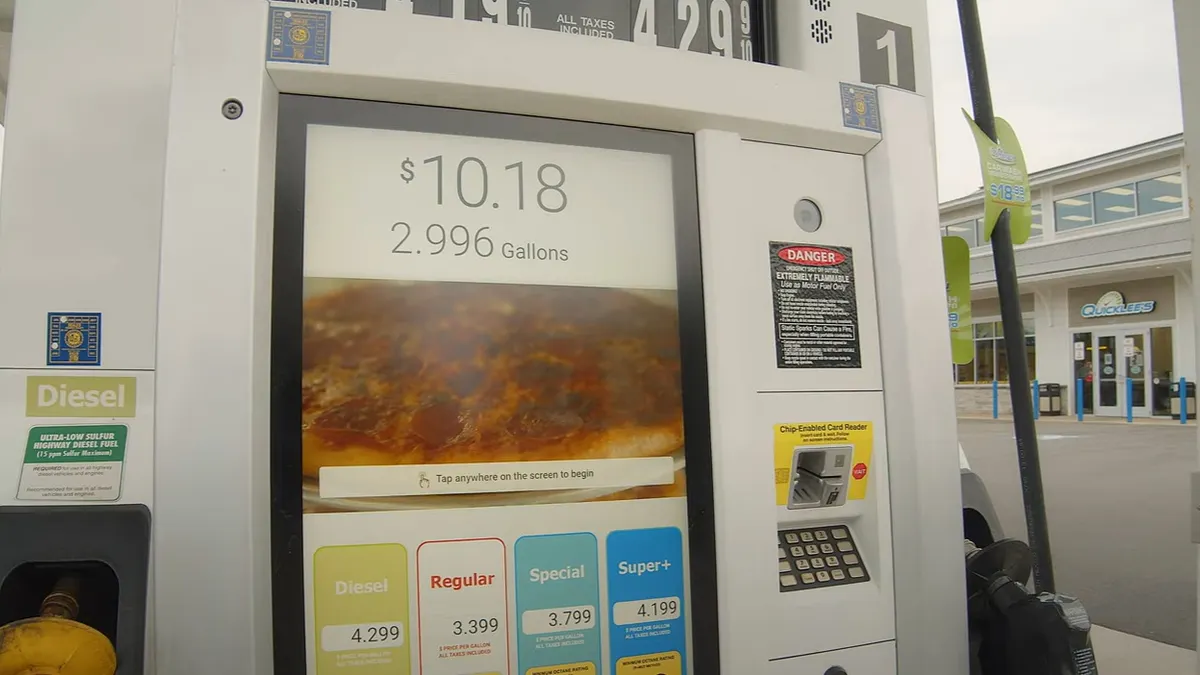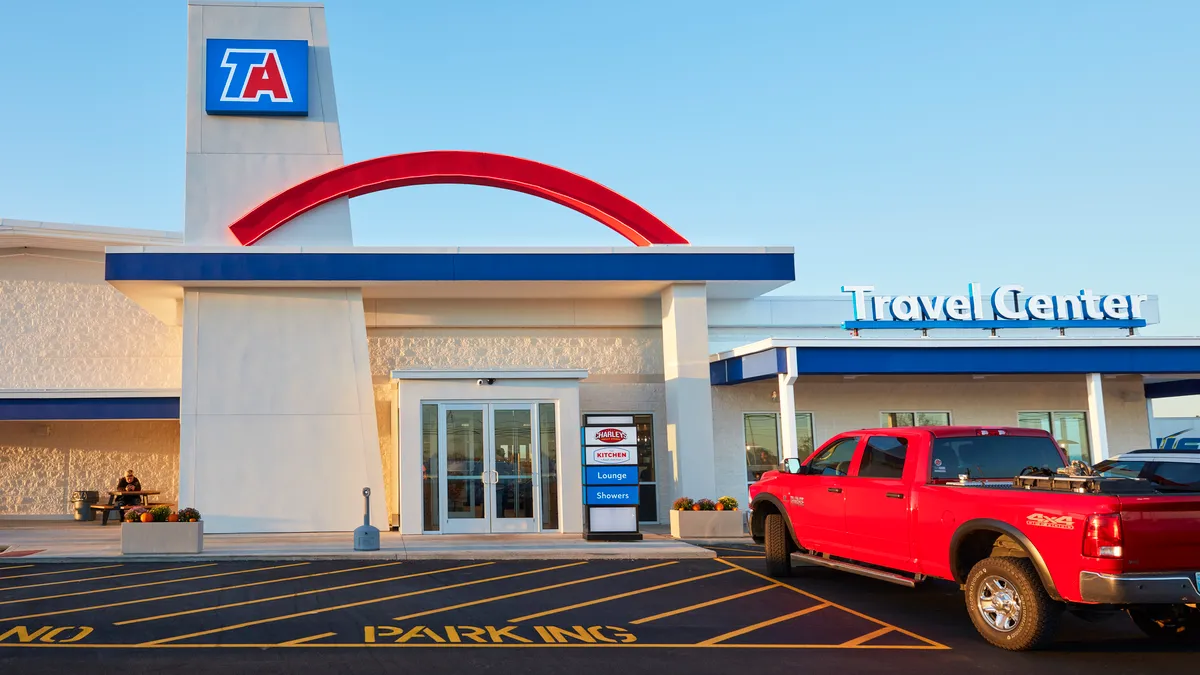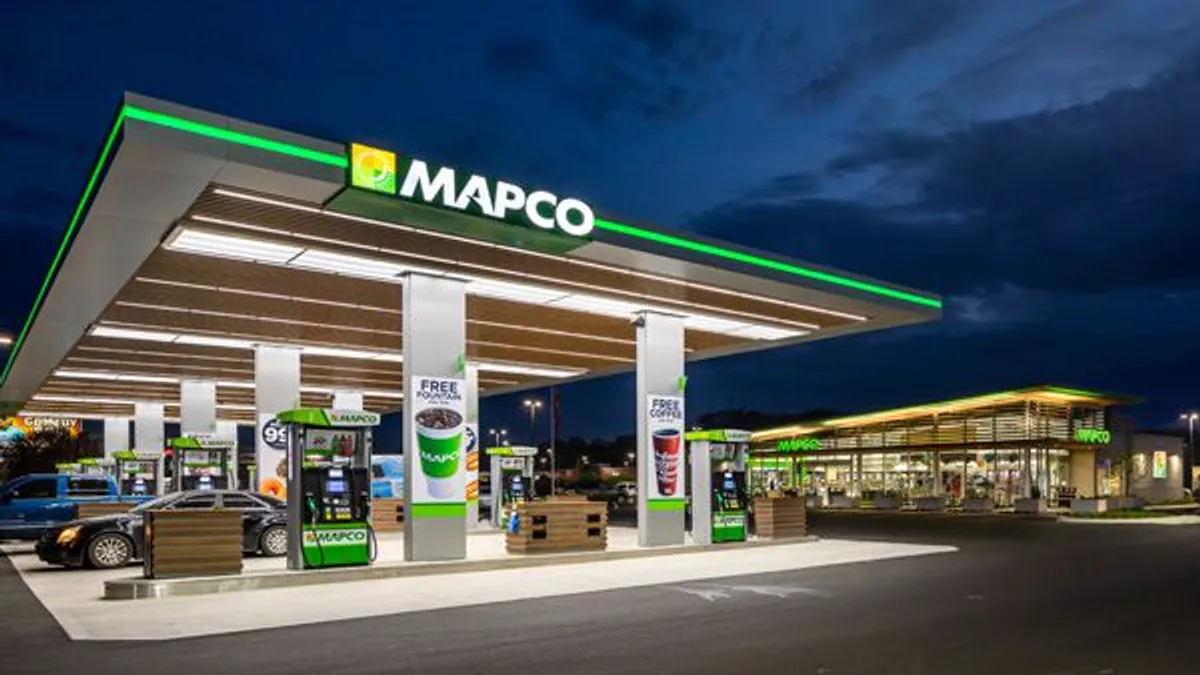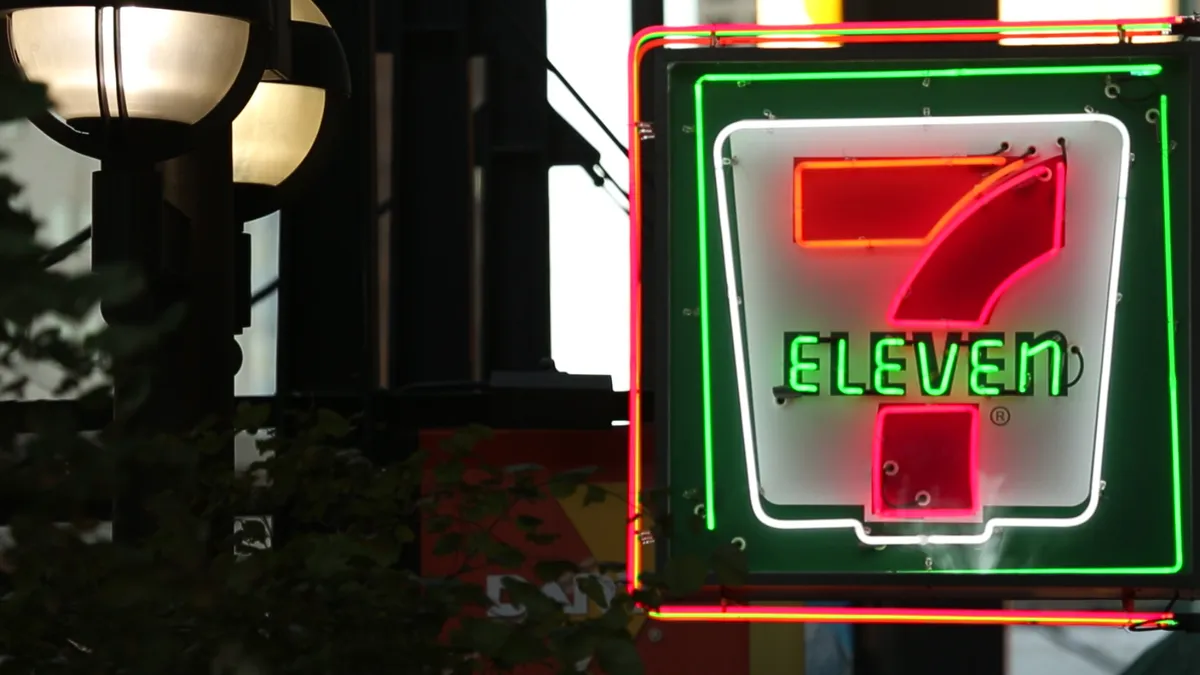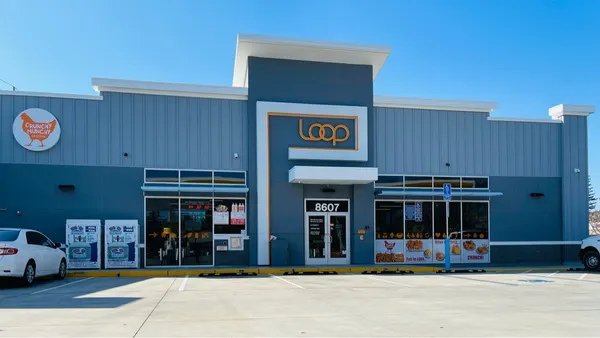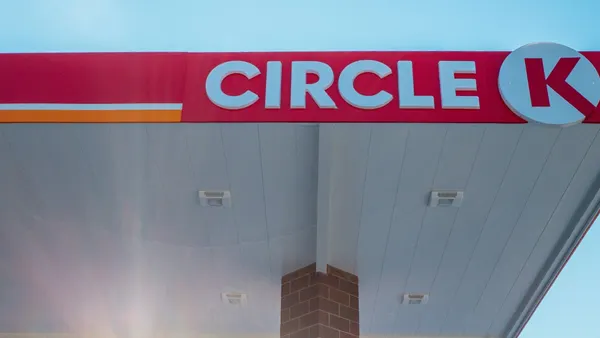Frank Beard is a longtime convenience retail enthusiast who currently works in marketing for Rovertown. His column, The Road Ahead, examines innovation in the c-store industry.
It turns out that Costco really does read your receipts.
Or at least mine was short enough to read when I rolled up to the exit a few days ago. I make a lot of fill-in trips to our local outpost of Kirkland’s Kingdom, and this time the exit crew spotted 10 items in my cart but only nine on the receipt.
The culprit was a $5 rotisserie chicken.
I remember scanning it at the self-checkout, so I don’t know what happened. But it doesn’t really matter. Having to go back and find an employee to ring me up was a minor inconvenience, and it won’t stop me from returning to Costco. Nor did it change the content of the column I was writing about why self-checkouts aren’t that bad and everyone needs to chill out.
The reality is that self-checkout is perfectly okay. And in some settings, like convenience stores, it’s good enough that it may even be a barrier to innovation.
But first, let’s level-set the narrative.
The way we talk about self-checkout has gotten out of hand. I’m not just referring to the drivel you’ll find with a Google News query on the topic — like how The Atlantic recently turned its negativity from politics to retail, prematurely proclaiming self-checkout’s death in a piece titled “Self-Checkout Is a Failed Experiment.”
I’m also talking about the way in which many intelligent, reasonable people overreact to these machines by claiming that they’re either a dystopian labor transfer leading to terrible customer experiences and reductions in service, or by suggesting they’re dated technology rendered totally obsolete by computer vision and AI.
Look, I get it. Self-checkouts sit at the nexus of several social, technological and economic shifts — often acting as a barometer of our own anxieties about the changing world. There are also several valid concerns about self-checkouts ranging from poorly designed user experiences to an increased attack surface to theft.
But here’s what nobody is saying out loud.
Self-checkout, for all of its faults, is a perfectly okay solution. It’s not great, and it’s not terrible, but it’s okay. And sometimes okay is good enough.
Additionally, much of the negativity derives from its use in grocery stores and big box retail outlets. Frustrations are often a function of how many items are in one’s cart. But the flipside is that self-checkout is actually pretty good when you’re only scanning three or four items in a convenience store.
In fact, it may be too good in c-stores.
Are the diminishing returns worth it?
Any serious hobbyist is familiar with diminishing returns.
At a certain point, spending more money leads to smaller and sometimes indiscernible improvements in quality and performance. Headphones are a great example. While a $220 pair of Sennheiser x Massdrop 6XX headphones are an enormous step up from anything that costs $50, that doesn’t mean Audeze’s $1,200 LCD-X are necessarily $700 better than Hifiman’s $500 Edition XS. In fact, audiophile communities actively debate whether or not it’s worth the upgrade.
That’s because at a certain price point, you’re paying for unique differences rather than objective, obvious improvements in quality and performance. Those differences may be highly valued by one person and completely meaningless to another. That’s why many would argue that somewhere around $200 is the sweet spot for a good pair of headphones.
I think this analogy can be helpful for understanding checkout technology.
On the surface, autonomous checkout represents the next logical evolution of checkout tech. Just walking out? That’s just great! Why wouldn’t stores replace barcode scanners with computer vision or sensor fusion platforms?
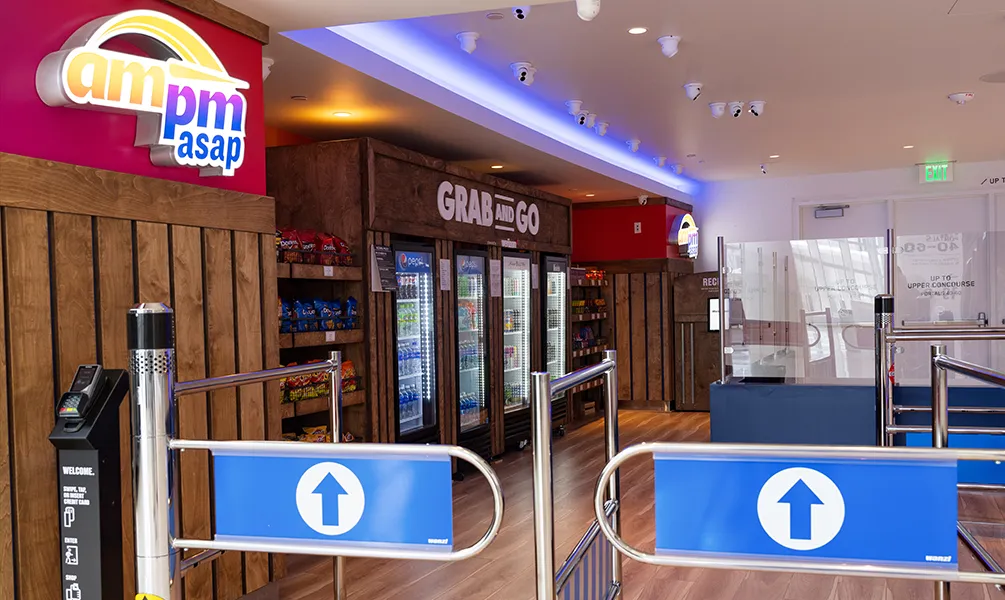
The reality, however, is that autonomous checkout is a very different type of technology. It’s not as simple as dropping it into a store. While obvious use cases exist for extreme throughput environments and unmanned stores, applying it to other settings requires careful consideration about how, where and why it’s deployed.
Consider my recent visit to an autonomous store at Dallas-Fort Worth airport.
Rather than having a cashier or two — or maybe a few self-checkouts — this store blocked off the entrance with gates and installed a sensor fusion platform. Passing through the gates required a $25 pre-authorization on a credit card. To get a receipt, which many business travelers need for expense reports, I had to scan a QR code on a pop-up banner, visit a vendor’s website, and enter payment details repeatedly until the receipt finally showed up around two hours later.
I left wondering: What was the point of using this technology?
It didn't save me time, since it would have taken less than 10 seconds to scan my bottled water and get a receipt at a self-checkout kiosk. Nor did the store appear to save on labor costs since it wasn't operating unmanned. I observed several employees working there.
And it’s not like this was a busy stadium where the same technology might have saved me ten, twenty, even thirty minutes. DFW was busy, but the store sure wasn’t. That’s because airport retail doesn’t see the kind of extreme throughput demands that stadium concessions encounter.
Nor do convenience stores.
For the typical American convenience store attached to a fuel canopy, a setup with one cashier and two or three self-checkouts can handle just about any scenario outside of occasional edge cases.
I’ve spent hours observing this in stores. People often default to the cashier, but others will migrate to the self-checkouts if there’s a person or two in line. Since the average basket contains maybe three or four items, it only takes about 10 seconds to scan those barcodes and slam a mobile device or an NFC-enabled (aka tap to pay) card against the keypad. Having that one person behind the counter also helps with age-restricted purchases.
This presents a challenge for the adoption of autonomous checkout technology in convenience retail. Is there value in squeezing marginal improvements out of an experience that’s already very convenient? If retailers only use it for checkout speed, I'm skeptical it will see much adoption in this industry over the next three to five years.
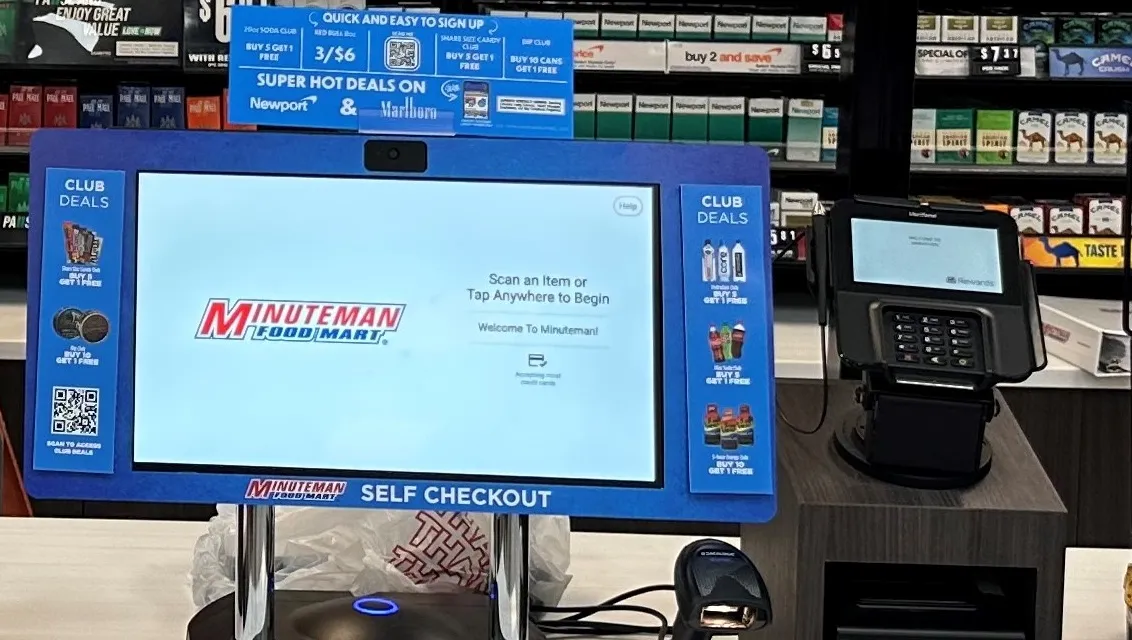
A glimpse of what’s possible
If you want to see the future of autonomous checkout, forget Amazon — follow Polish retailer Zabka.
Their team has thought deeply about what this technology can do differently, and Zabka represents one of the most aggressive, methodical and creative deployments of autonomous checkout technology anywhere in the world. It is also one of the few examples of this tech being used at scale
Three things stand out to me.
First, it began with the question of how to design an entirely new customer experience that addressed shoppers’ needs in non-traditional places.
The result is dozens of unmanned micro markets and small convenience stores in places like railway stations, sporting goods stores and even city centers. Customers unlock the doors and gain access by using a card or the Zabka app at a kiosk. Paired with AiFi’s computer vision platform, this combination ensures that every product leaving the store is tied to a form of payment — unlike similar unmanned concepts that rely on self-checkout kiosks.
Second, Zabka has gotten clever about how to introduce autonomous technology back into traditional convenience stores. It recently announced a new store in Warsaw that runs normally with cashiers from 6 a.m. to 11 p.m., but transforms into an autonomous, unmanned Nano store late at night rather than having to shut down.
And finally, it’s leaning in on the data side of the equation. Smart Store Analytics, a new Microsoft Cloud for Retail offering available through Microsoft’s partnership with AiFi, was co-developed with Zabka and is available at all Nano stores. While I suspect it’s still early days for computer vision’s ability to bring e-commerce-level insights to brick-and-mortar stores, retailers like Zabka clearly have a head start on figuring out what this means for their businesses — and which decisions can be impacted.
And who knows, maybe c-stores in the U.S. will get creative and follow suit. I’m encouraged by the fact that Juxta has secured several pilots for its new portable, autonomous store format. AiFi also continues to do great work, like this store south of the border with Oxxo at a university in Monterrey.
But for all the bashing of self-checkout in the media lately, the reality is that these kiosks are perfectly okay in most verticals and generally very good in convenience stores. In fact, they’re good enough that they might even be a barrier to change.
Leveraging more advanced technology may require doing something new and different

